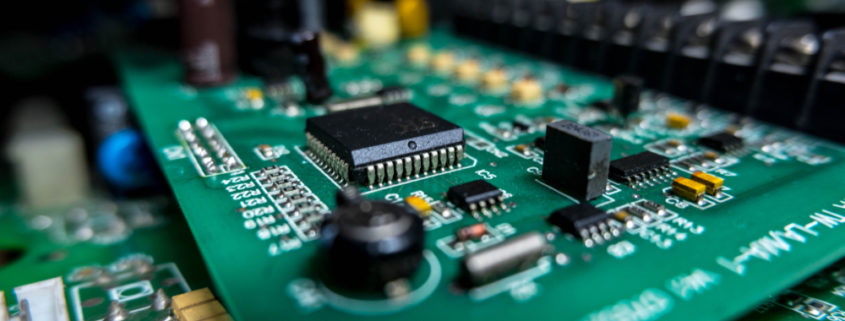The Importance of Digital and Analog Design in Mixed-Signal ASICs: Achieving Harmony for Optimal Performance
Mixed-signal application-specific integrated circuits (ASICs) play a vital role in modern electronics, integrating both digital and analog components onto a single chip. Achieving optimal performance in mixed-signal ASICs requires careful coordination between digital and analog design processes. In this article, we’ll explore the importance of digital and analog co-design in mixed-signal ASICs, highlighting the benefits of synergy between these two domains.
Synergy Between Digital and Analog Design
Understanding Digital and Analog Domains
Digital and analog design domains represent distinct realms within semiconductor engineering, each with its own set of principles, challenges, and requirements. Digital focuses on processing binary data using logic gates and digital circuits, emphasizing concepts such as clocking, timing, and signal integrity. Analog, on the other hand, deals with continuous signals and voltages, requiring expertise in areas such as amplification, filtering, and noise reduction.
Co-Design Approach
Co-design involves integrating digital and analog design processes to achieve optimal performance and functionality in mixed-signal ASICs. By adopting a collaborative approach, engineers can leverage the strengths of both domains while addressing potential conflicts and trade-offs. It enables seamless integration of digital and analog components, ensuring compatibility, reliability, and performance across the entire system.
Benefits of Digital and Analog Co-Design
Improved Performance and Efficiency
Co-design facilitates the optimization of mixed-signal ASICs for performance and efficiency by balancing digital and analog circuitry. By carefully managing interactions between digital and analog components, engineers can minimize signal interference, reduce power consumption, and maximize overall system performance. It also allows for tighter integration of analog and digital functions, enabling more efficient use of chip area and resources.
Enhanced Reliability and Robustness
Co-design plays a crucial role in ensuring the reliability and robustness of mixed-signal ASICs in real-world applications. By considering both digital and analog requirements from the outset, engineers can design ASICs that are resilient to environmental factors, variations in operating conditions, and electromagnetic interference. It also enables thorough testing and validation of mixed-signal systems, helping to identify and mitigate potential reliability issues before they impact product performance.
Digital and Analog Design Conclusion
Co-design is essential for achieving optimal performance, efficiency, and reliability in mixed-signal ASICs. By integrating digital and analog processes, engineers can leverage the strengths of both domains while addressing potential conflicts and trade-offs. It enables seamless integration of digital and analog components, resulting in ASICs that deliver superior performance, efficiency, and reliability in real-world applications.
As a semiconductor company, embracing co-design principles is essential for developing high-quality mixed-signal ASICs that meet the evolving needs of the market. By adopting a collaborative approach and leveraging the synergies between digital and analog design, you can deliver innovative solutions that drive advancements in diverse industries and applications.
Click here to learn more about Lienar MicrSystems!
Linear MicroSystems, Inc. is proud to offer its services worldwide as well as the surrounding areas and cities around our Headquarters in Irvine, CA: Mission Viejo, Laguna Niguel, Huntington Beach, Santa Ana, Fountain Valley, Anaheim, Orange County, Fullerton, and Los Angeles.






